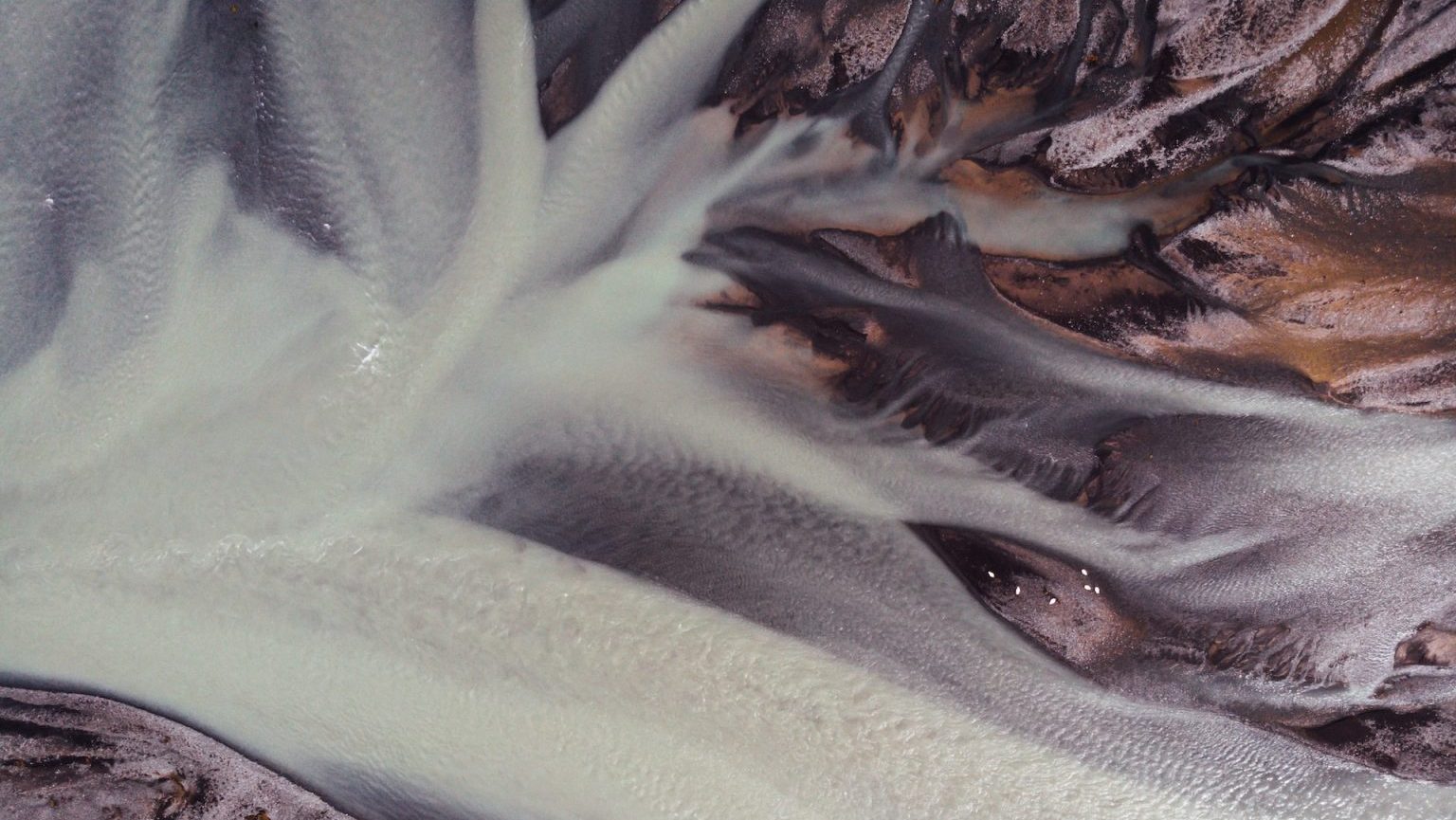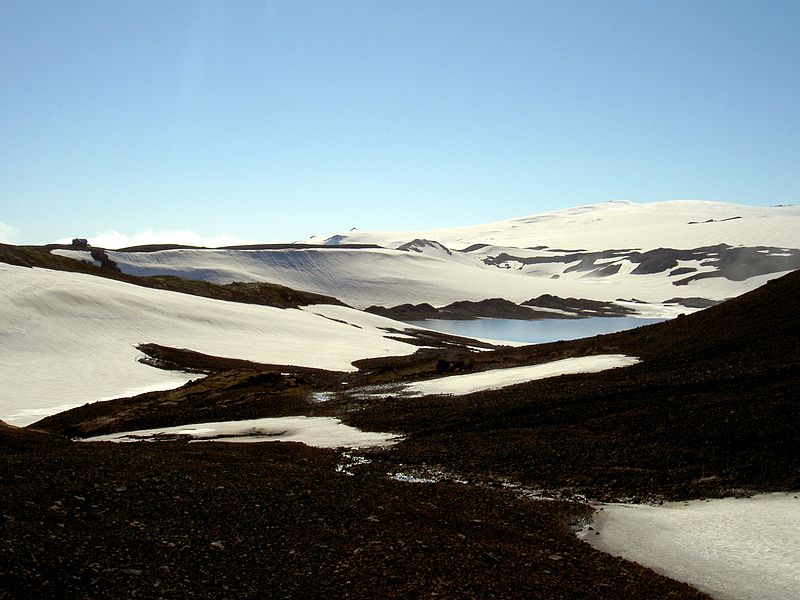Increasing signs of activity at Eyjafjallajökull in Iceland

nEyjafjallajökull, an ice-capped volcano in Iceland that last erupted in 1823.
nn
We talked a few weeks ago of signs that there were increasing signs that an eruption could occur on Iceland – increased seismicity on the Reykjanes Ridge suggested that magma might be on the move. Now, we have two pieces of evidence that we might see activity at Eyjafjallajökull, on the southern side of the island nation.
nn
First off, there is a focus of seismicity under the area of Eyjafjallajökull, with an especially large bump in the last 2 days. Both the number and magnitude of the seismicity has been marching upwards, with the latest earthquakes reaching around M3, almost directly underneath the buried (by ice) crater of the volcano. This would suggest that something is up under the ice cap – either magma is moving in the system or the hydrothermal system is experiencing some large fluid flow event. I can’t really figure out the depths of these earthquakes based on the Icelandic Met Office page, so any help with that would be greatly appreciated.UPDATE: The depths can be found by clicking the tab above the map marked “table”. (Thanks to Bernd for that info.)
nn
Secondly, from what I can gather from a Google Translation of an Icelandic article, there is also signs of inflation at Eyjafjallajökull. The article seems to suggest that the volcano has seen ~40 mm of movement/inflation to the south based on GPS measurements and that the focus of seismicity (when the article was written) was ~10 km below the surface of the volcano. (And any of you Icelandic readers, I’d love to get a better translation!) This would also suggest that magma might be entering the upper echelons of Eyjafjallajökull’s magmatic system. UPDATE: It appears that the Icelandic Met Office doesn’t think this is leading to an eruption (Thanks to Orri with help on the translation).
nn
Taken together, it looks like Eyjafjallajökull is a prime candidate for the next eruption on Iceland. Eyjafjallajökull (also known as merely Eyjafjöll) is one of a series of volcano systems on the south side of Iceland, near Katla. Amongst the Icelandic volcanoes, it has been relatively quiet, with the last known eruption occurring from 1821 until 1823, with evidence for eruptions in 1612 and 550 AD. The last two eruptions have been VEI 2, with explosive characteristics – and with a volcano under a glacier, we always have the threat of jökulhlaup – glacial outburst flows triggered by the volcanic eruption. And unlike many Icelandic volcanoes, the last eruption of Eyjafjallajökull was produced silicic to intermediate tephra rather than basalt. The larger volcanoes on Iceland such as Eyjafjallajökull, Katla and Krafla have all produced rhyolite eruptions in the dominantly basaltic land – and the rhyolite magma that was hit while drilling last year shows that you can get very silicic magmas even in a hot spot/mid-ocean ridge setting.
nn
{Hat tip to Dr. Boris Behncke and Mattias Larsson for info in this post.}




